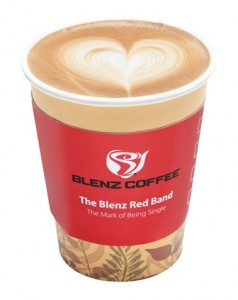During the end of March and April of last year and this year, I was lucky to be involved with the Daffodil Day Campaign of the Canadian Cancer Society. Newly developed, this campaign raises awareness and strives to unite the community to fight back against cancer during the month of April, with April 27th as the official Daffodil Day. People show their support with donations and in return they get a daffodil pin and/or fresh daffodils. Compared to last year, which was also the first year of this annual campaign, I saw a few significant changes and improvements in the product design and promotional techniques, as well as some consistencies that made the overall event successful.

For one, the color changed. They went from the signature yellow daffodil against the blue background to a solid black background. In the North American culture, black is a color that is normally associated with death and sorrow. I believe this change sends a strong message: Cancer is one of the leading causes of death, and the color reminds us of the importance and grief caused by it. With this reminder, we are encouraged to take action, to donate, and to join the fight against cancer.
The CCS also improved the packaging and distribution of the daffodil pins. They no longer have individual packaging, which was found to be unnecessary – people found it more work having to take the pins out of plastic wrapping. Instead, they put a large bundle of pins in one plastic bag, which is not only more convenient and portable, but also environmentally friendly. The newly created daffodil pin boxes were also great to store the pins and the money that people donated. Daffodil Day volunteers can carry them around at the poster and flower filled booths, or place them at various shops, work places, and other locations to promote.

The main logo, the daffodil, remained unchanged, and the main theme of fighting against cancer and raising awareness stayed consistent these past two years. I was very fortunate having the opportunity to participate in such a meaningful campaign, and I encourage everyone to wear the daffodil pin during the month of April to not give up, to fight back, to beat cancer. Join the fight.










 Last Thursday night, UBC’s International Business Club held their signature event, World’s Cities Night, at Eh! Restaurant in Downtown Vancouver. The International Business Club (check out their cool new website here!: (
Last Thursday night, UBC’s International Business Club held their signature event, World’s Cities Night, at Eh! Restaurant in Downtown Vancouver. The International Business Club (check out their cool new website here!: (